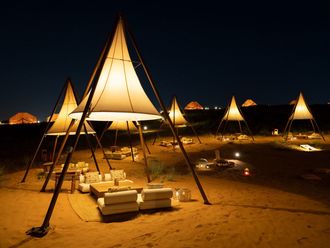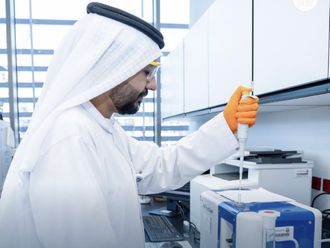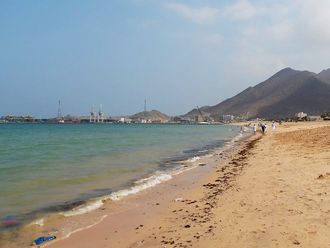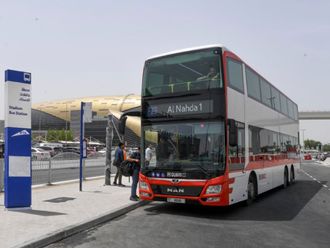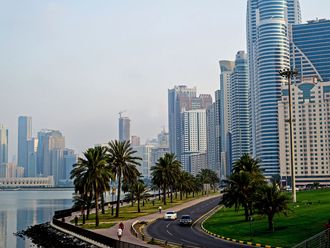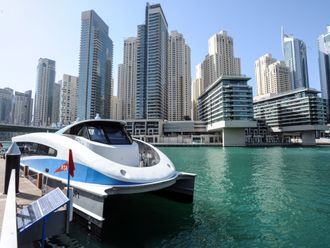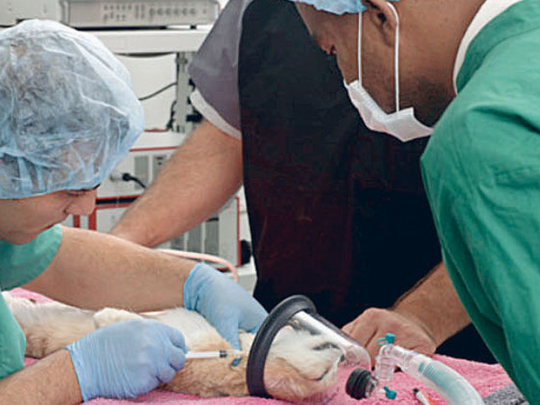
Al Ain Wildlife Park & Resort aims to increase genetic diversity of sand cat
Al Ain: he Al Ain Wildlife Park and Resort (AWPR) is increasing the genetic diversity of the world's captive sand cat population by using In Vitro Fertilisation and Embryo Transfer (IVF-ET) to breed sand cats from collections in the United States with those at AWPR.
This marks another important step forward in the Al Ain Wildlife Park & Resort's programme to conserve threatened cat species and other arid-land carnivores such as the Arabian leopard.
Over the past nine months AWPR, in partnership with University of Illinois and the Cincinnati Zoo and Botanical Garden, has reported several successes with Project Sand Cat. In January 2010 AWPR announced, the first-ever sand cat kittens were born as a result of IVF-ET procedures. In May 2010 AWPR exhibited a sand cat mother with her kittens at its wildlife park.
This month AWPR and its conservation partners are proceeding with the second phase of Project Sand Cat. Embryos will be produced from the semen of sand cat collections held in the US and elsewhere, with eggs harvested from sand cats at AWPR.
Despite the physical separation of these sand cat populations, scientists at AWPR are able to implant the resulting embryos into recipient sand cat mothers to produce kittens.
If the procedure results in the birth of kittens surviving into adulthood, the sand cat populations of the UAE will be genetically connected to their counterparts in the USA.
This foundation stock will be bred with other captive sand cats to create genetically diverse offspring.
Sand cats in the US are originally from wild populations in Qatar and Saudi Arabia, those at AWPR originate from the UAE and Syria.
"One of the goals of this phase of Project Sand Cat is to combine the genetic material of these genetically distinct populations to help strengthen the captive populations throughout the world," said Farshid Mehrdadfar, Animal Collection Manger at AWPR.
Later this month AWPR will give four sand cats from its collection to zoological associations in the US.
Two male and two female sand cats will be flown to zoos in Ohio, Indiana, Pennsylvania, and Texas where they will become founders of a new sand cat breeding programme intended to further diversify the genetics of populations in the US.
"The exchange of genetic material ensures the viability of the world's captive animal populations," explained Dr Mike Maunder, AWPR's Chief Conservation and Collections Officer.


